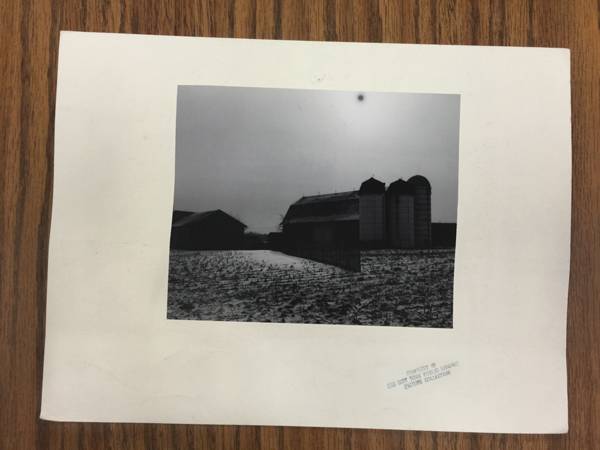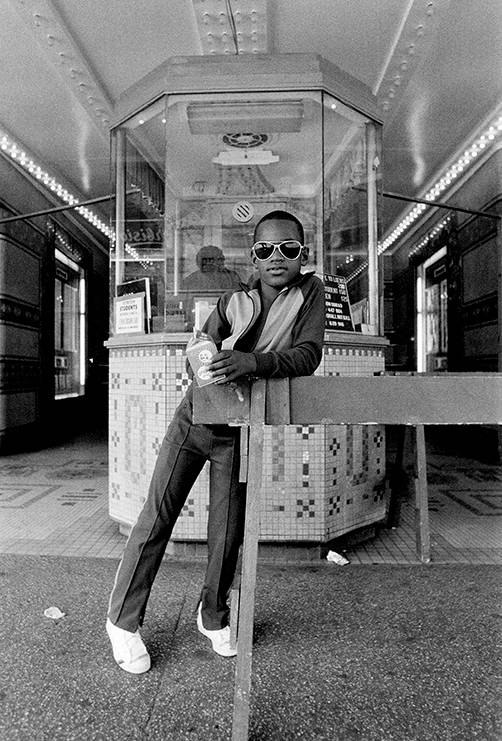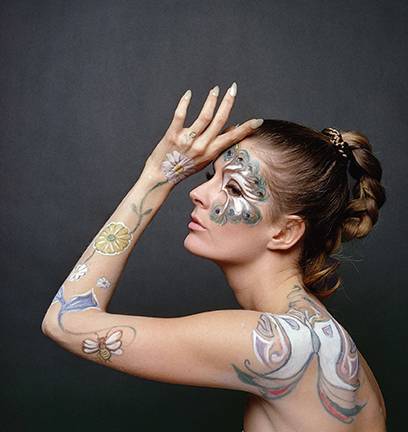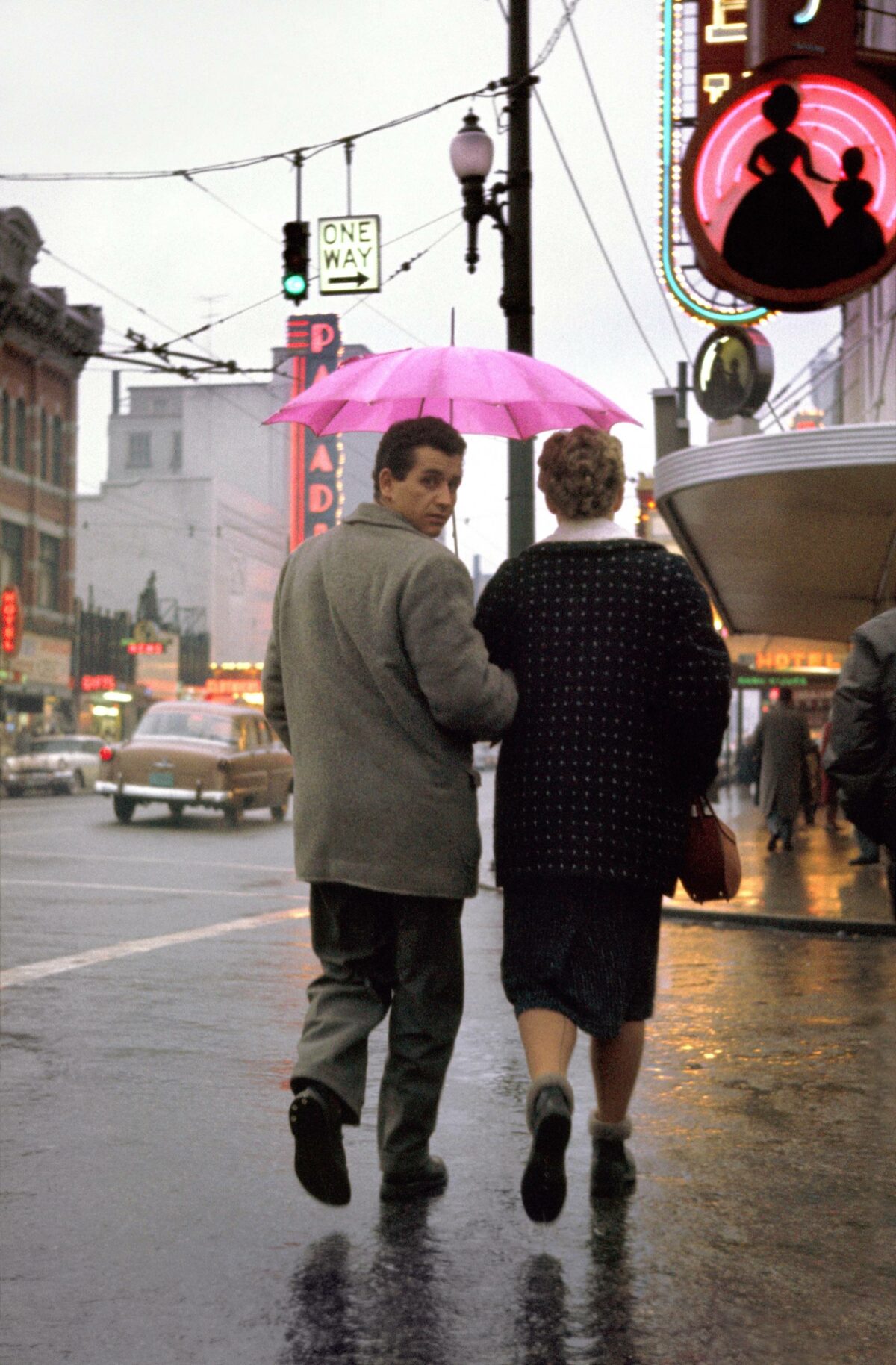

We asked Penelope Umbrico to tell us about a picture that meant something to her, and why. Umbrico’s photocopy collages of solar eclipses from the New York Public Library picture collection can be seen in her exhibition Shallow Sun, on view at the Aldrich Contemporary Art Museum in Ridgefield, CT, through October 25.
I’ve been working with images from the New York Public Library picture collection on and off for the past 20 years. Searching this physical collection today is a very different exercise than it was when I started: there were few other ways to source images then. Now, the act of traveling to the library, slowly working through the paper folders, and choosing from this limited stock seems absurd, but it asks one to commit to an image and consider its physicality in a way that is impossible online.
Thinking about the gradual digitization of this picture collection, I was making collages with pictures of solar eclipses on the photocopier at the library when I found a reproduction of The Black Sun by Minor White. (The dynamic of the eclipse symbolizes, for me, the negation of natural light with that whose visibility is dependent on it; and the photocopier itself is an eclipser, with its light bleeding around the paper it scans.) Of course I knew of White’s photograph, but seeing it in this context seemed prophetic.
It’s likely the sun is the most collectively photographed object in existence; and perhaps these photographs are the most collectively shared online. There are 27,933,667 images tagged “sunset” on Flickr today as I write – ironic, in contrast to the singularity of the actual sun and also because, as a digital image seen on a screen, the sun is not a light source. The screen is the light source: the sun is voided (and avoided). Minor White said of his photograph: “The sun is not fiery after all, but a dead planet. We on earth give it its light” – an oddly prescient statement when one considers the number of light-effect filters available in screen-based software and smartphone camera apps. In these filters, which often replicate the mistakes of analog photography, the role of light is inverted, as digital algorithms create light effects for the non-volumetric space inside a screen.










